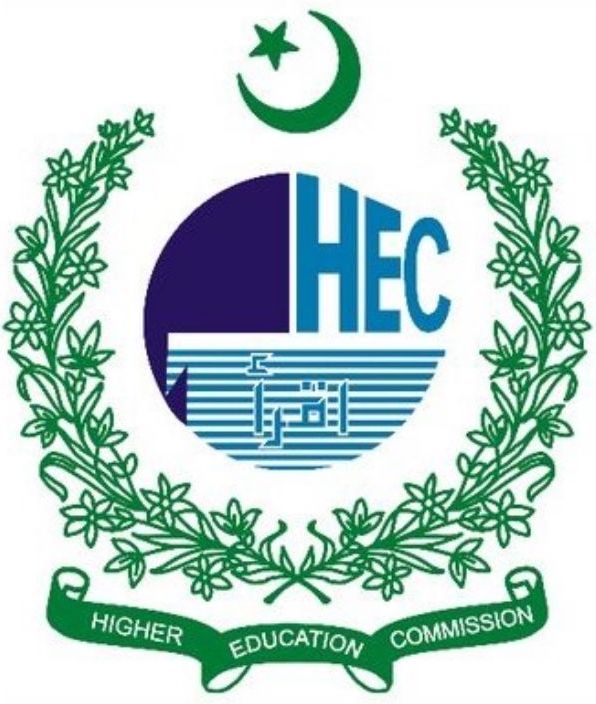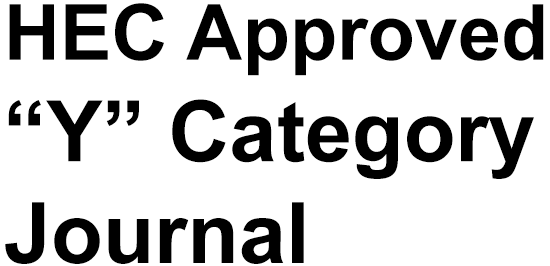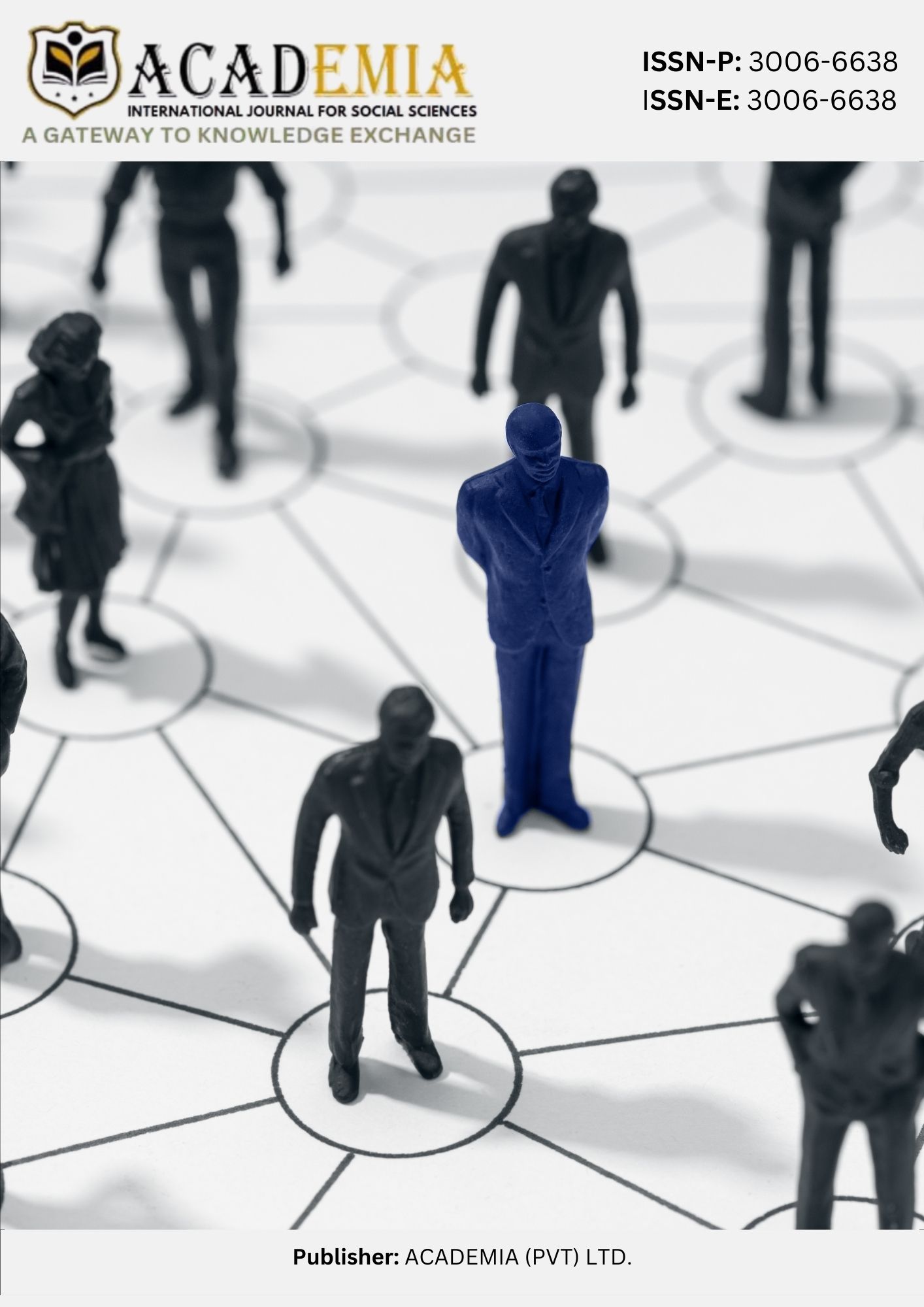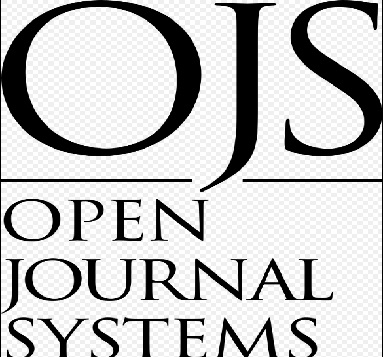From Traits to Wellbeing: How Personality Shapes Quality of Life
DOI:
https://doi.org/10.63056/Keywords:
Personality characteristics, Quality of Life, Big Five, University Students, PakistanAbstract
The current article examined the predictive role of personality characteristics in determining quality of life (QOL) among Pakistani university students. A cross-sectional quantitative design was employed with 175 undergraduate and graduate students (128 males, 47 females) taken from universities in Karachi through convenience sampling. Participants completed the Big Five Personality Test (50-item version) and the Quality of Life Scale (16-item version). Correlation and regression analyses were applied to study the associations between personality dimensions and QOL. Results indicated that extraversion and openness to experience significantly predicted higher QOL, while agreeableness and conscientiousness showed positive correlations but were not unique predictors in the regression model. These findings were in accordance with cultural traits of Pakistani society, where strong family systems, collectivistic norms, and social networks can shield the negative influence of neurotic tendencies. The study contributes to both international and national literature by contextualizing personality and well-being linkage within South Asian cultural bases. Implications for psychotherapy, student support facilities, and educational policy are mentioned, along with the recommendations for further research exploring similar constructs.
Downloads
Published
Issue
Section
License
Copyright (c) 2025 Aqsa Yaqoob, Hooriya Irfan, Rabeea Saleem, Mahwish Ali Khan, Raheema Iftikhar Shah (Author)

This work is licensed under a Creative Commons Attribution 4.0 International License.












